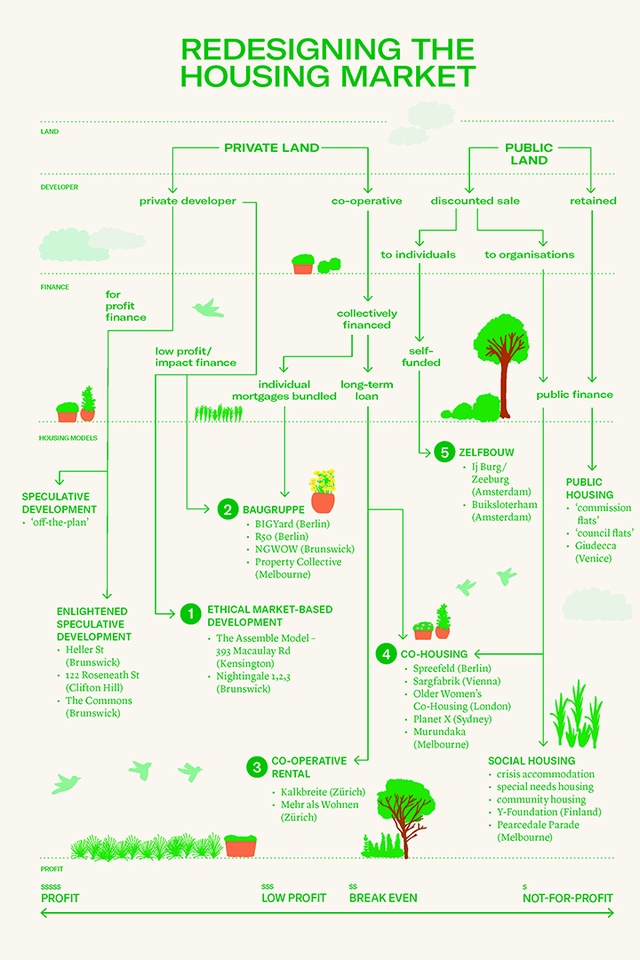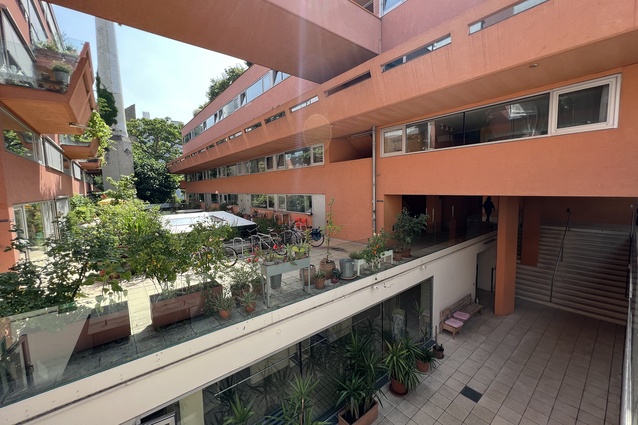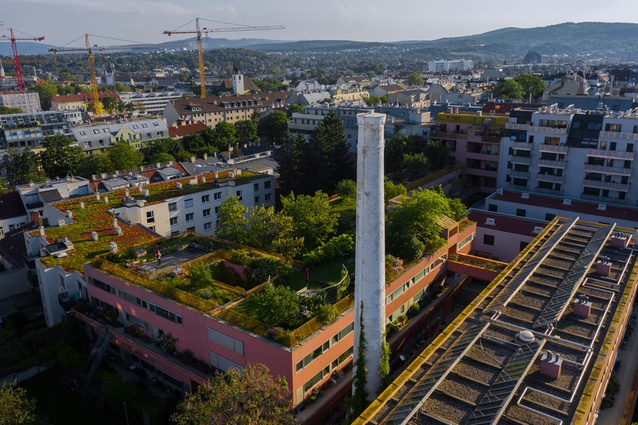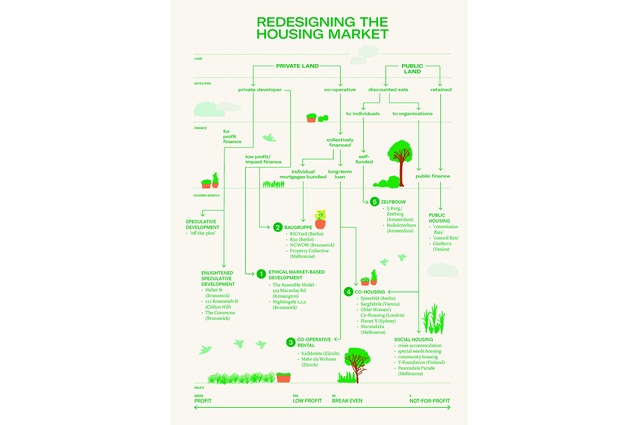‘Housing is a public good’ yeah? Nah
Given two-thirds of our population, supported by banks and developers, is keen on maintaining the status quo to increase the value of their own property, Christopher Kelly of Architecture Workshop asks: What are we trying to achieve in the housing market and does anyone in power really want to achieve it?
As business commentator Bernard Hickey pointed out in early March, PM Christopher Luxon’s decision to claim $1000/week in expenses from taxpayers for living in his own apartment in Wellington when he could have lived in Premier House has again illustrated how something is deeply wrong in the state of Aotearoa.
By claiming accommodation grants from the taxpayer for his own flat while banking his capital gains from his seven residential properties tax-free, the Government’s wealthiest MP exposed how crucial payments from the state to support residential land values have become to the New Zealand wealth-creation model.
More encouraging, however, were recent comment by National Party MPs Chris Bishop and Chris Penk. In reaction to the blatant nimbyism (Not in my Backyard) of the Wellington Independent Housing Panel (IHP), Bishop said: “The idea that zoning land and housing supply does not affect housing affordability is, frankly, nuts.” Bishop resides in Wellington, so let’s see if he turns the talk into walk. Is he signalling government support for better planning within existing cities?

In Sydney, the city is currently encouraging councils to consider successful medium-density options which strike a balance between supply and good community outcomes. We know that infill is more cost effective. In fact, the Productivity Commission (recently disbanded in New Zealand by our new coalition government) found “infill development close to existing infrastructure is far more cost effective than greenfield housing”, indicating it could be up to $75,000 per home cheaper.
In New South Wales, Housing Minister Paul Scully called for more comprehensive changes to make it easier for older homeowners to downsize — for instance, a row of 10 terraces with 4 bedrooms could have as many as 30 empty beds per night. The question the Minister asks nimbys holding up inner-city housing (like the IHP in Wellington) is: “Do you want your children to have families living close to you? The penny usually drops after that.” What Mt Victoria boomer wants to go to Levin to babysit?
Chris Penk, MP for Kaipara and National’s “social media bot generator”, told the Herald’s Steve Braunias in February that he believes in collectives. “If we allow those entities that are not government to work together and to be encouraged, with some government funding, I felt that was a better way of realising my ideals of collectivism.”
Such a view exactly aligns with the working model for all the Co-op Association housing in Vienna. At the moment, 58 limited-profit housing associations administer approximately 200,000 rental and co-operative flats in the city (population 1.9 million). Every year, roughly 5000 units are built by non- or limited-profit housing co-operatives, which tallies at 30 per cent of all housing production for Vienna.
Underwriting and/or providing land leases for the ‘ethical housing movement’, including iwi developments on Māori and collectively-owned land and expanding the role of the Simplicity Living Kiwisaver model to address this missing sector in the New Zealand market, is what economist Marianna Mazzucato refers to as ‘public venture capital’. As her book Mission Capitalism champions, the private sector can work well with a sophisticated public state “that knows how to work with them”.
If Penk’s government does what he says and provides ‘public venture capital’ to commercially develop collective housing (offering tenure for life) then, by 2033, co-op associations could constitute 10 per cent of Aotearoa’s housing stock. The caveat is in what Mazzucato has witnessed around the world: “that government ‘capacity’ as well as confidence is missing today.”
In the May/June issue of Architecture NZ, Christopher Kelly sets out 10 Demand and Supply Side recommendations to return housing to affordable income ratios. The 10 actions are based on research in Vienna last year and the ongoing debates in Australia ignited by Alan Kohler’s quarterly essay The Great Divide – Australia’s housing mess and how to fix it.












